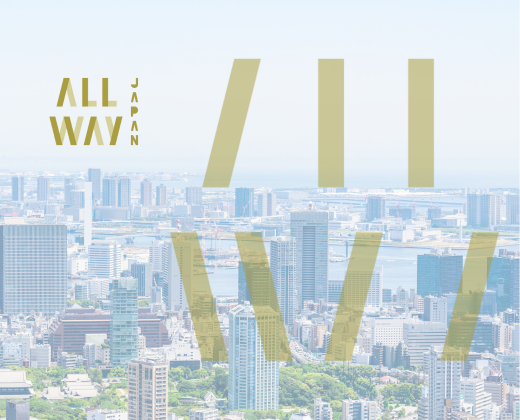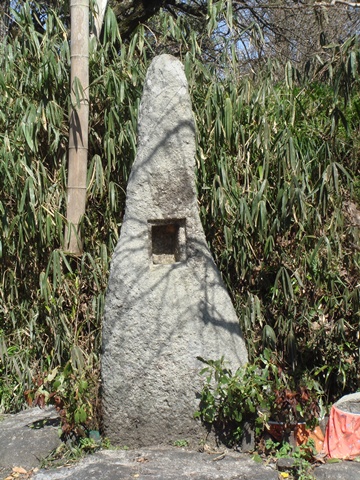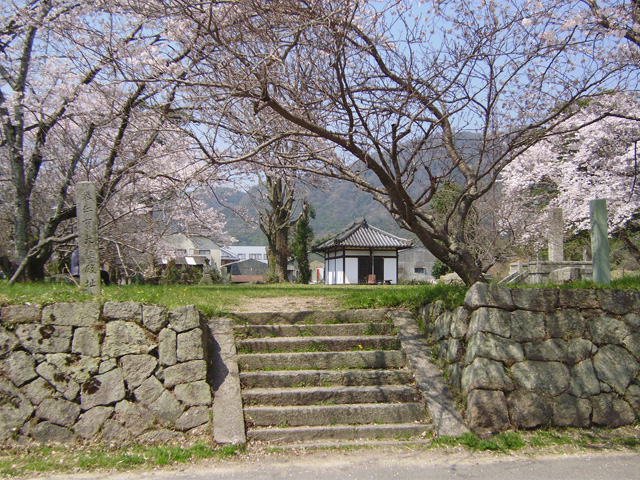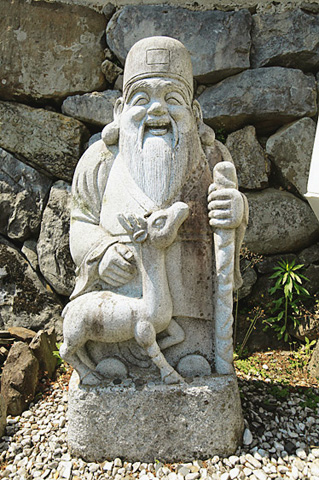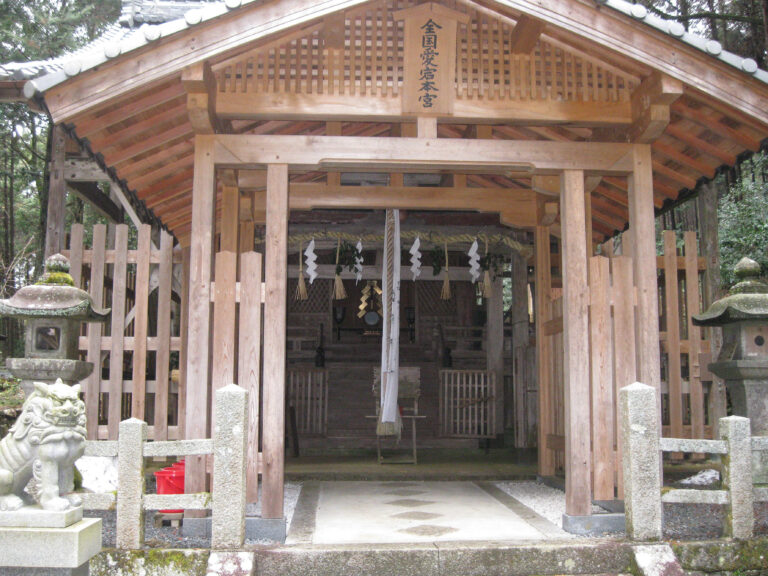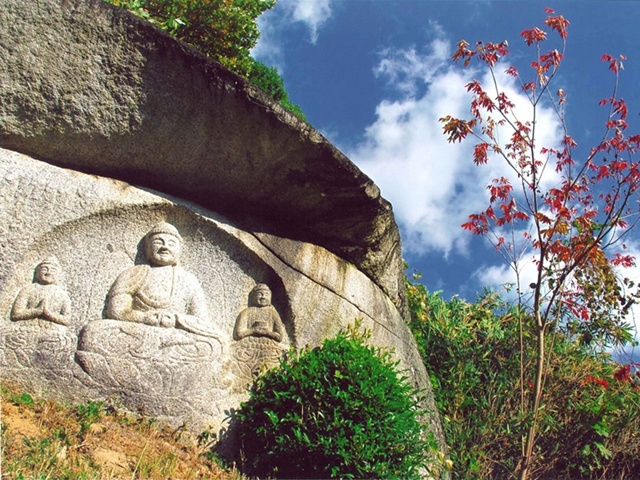
The Buddha of the Buddha (Amitabha Sanson Cliff Buddha), which is followed by the Buddha of the Amitabha, who is in charge of the Buddha, who is in charge of the Buddha.
(One company) Kizugawa City Tourism Association
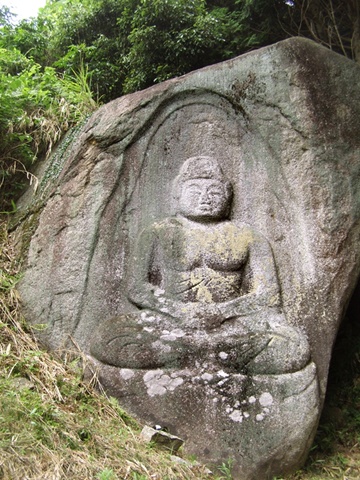
The height of the stone Buddha is 2.8m. This is the largest cliff Buddha carved semi-flesh in granite.
(One company) Kizugawa City Tourism Association
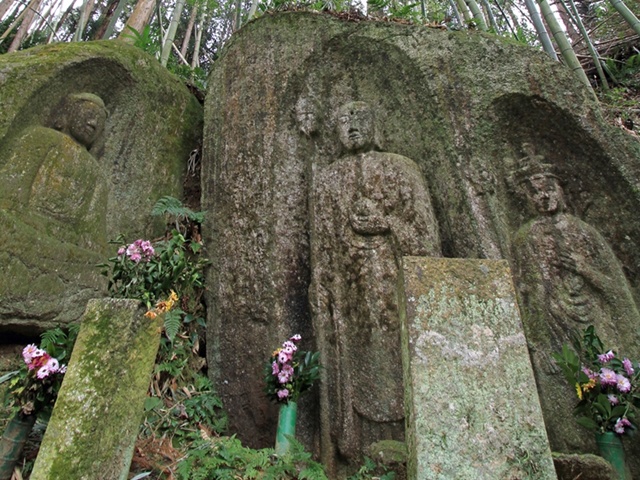
An unusual arrangement of stone buddha with a carving of the light back of the Yabu-no-Sanson boat, with Jizo and Eleventh-faced Kannon in the center and Amida on the left
(One company) Kizugawa City Tourism Association
The information provided reflects the details available at the time of the survey.
Please note that facility details may change due to the facility’s circumstances, so please check for the latest information before visiting.
This content has been translated using machine translation.
Information provided by: JTB Publishing
The content uses an automatic translation service, which is not always accurate.
The translated content may be different from the original meaning, so please understand and use it.

